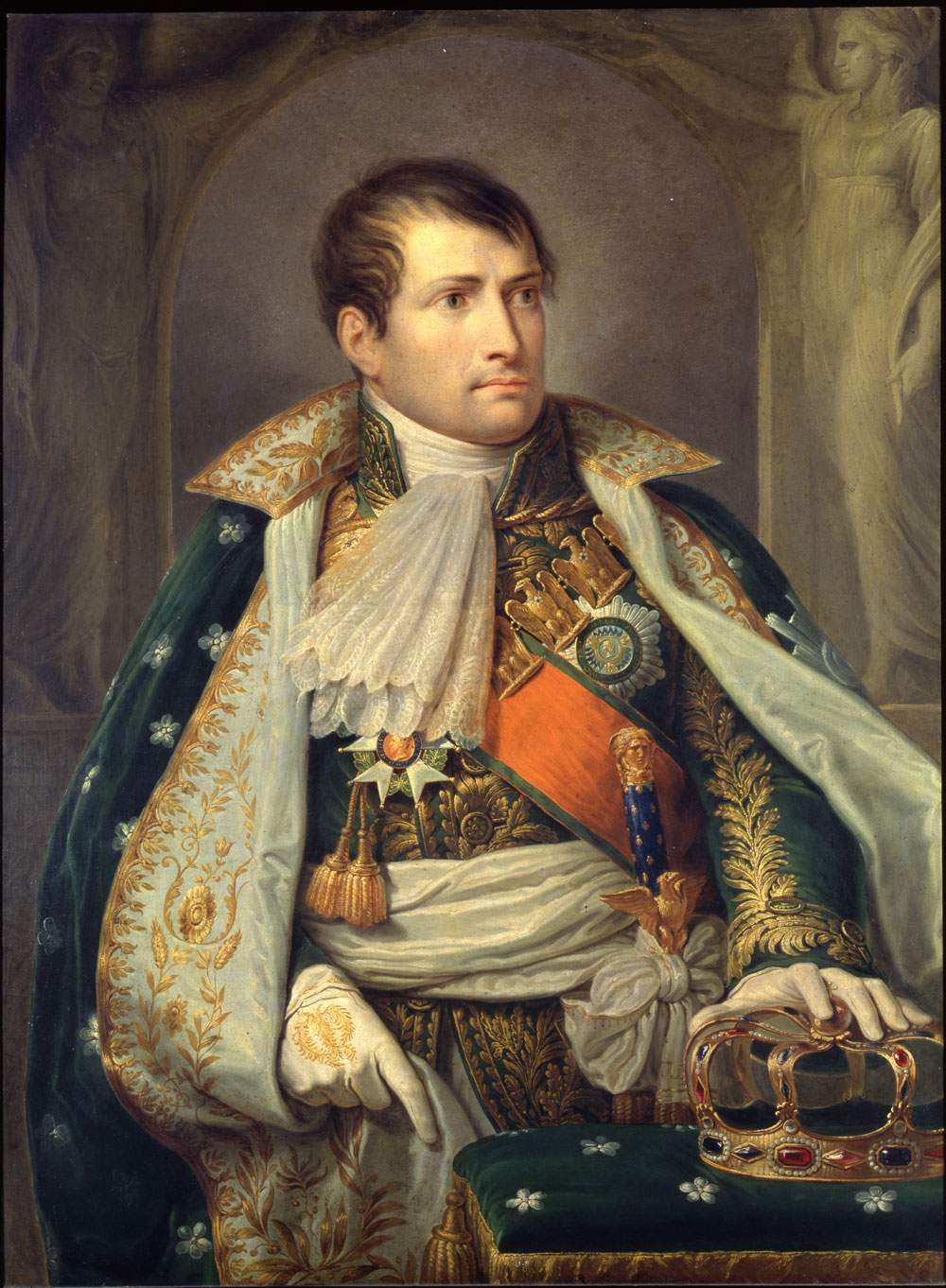Brera celebrates 200th anniversary of Napoleon's death with major exhibition and extremely rare autographs
Opening today, on the occasion of the 200th anniversary of Napoleon’s death, is the exhibition Napoleon’s Milan. A Workshop of Revolutionary Ideas 1796-1821 at the Braidense National Library, curated by Giorgio Panizza and Giulia Raboni.
The years from the arrival of the army of republican France to the Restoration following Napoleon’s defeat are very intense and revolutionize the political and cultural order of Italy, ; they are the years in which the sense of a modern nation is born and the first unitary state bearing the name of Italy is created. Milan was its capital, and it is to that period that the Braidense Library, which preserves the autograph of Alessandro Manzoni’s Cinque Maggio, dedicates the exhibition.
On display are very rare documents and autographs of the period, through which it is intended to show Napoleon’s ideas, passions, contrasts and contradictions. Many intellectuals participate in this period: Vincenzo Cuoco, Vincenzo Monti, Ugo Foscolo, Giuseppe Bossi, and Manzoni’s composition constitutes the most memorable reflection.
From the premises set in Enlightenment Milan to the dramatic day of Prina’s killing, from Monti and Foscolo’s renewed classicism to its crisis and confrontation with Romantic culture, from “servile praise” to “cowardly outrage”, from Foscolo’s opposition to Stendhal’s nostalgia, from the founding of the Patriotic Theater to Carlo Porta’s poetry, from the contest on Which of free governments best suits the happiness of Italy to the new legislative codes: there are many paths of a stretch of history that intertwine with Italy and Europe from Milan. Visitors will learn about extremely rare documents in the exhibition, such as Pietro Verri’s autographs, the first edition of Jacopo Ortis’s Ultime lettere and that of Sepolcri, a postillated copy by Stendhal, autograph drafts of Cinque maggio, and documents of its wide circulation, including Goethe’s translation, despite the Milanese censorship ban.
On view until July 10, 2021, the exhibition presents 147 works, 123 of which belong to the Library and 24 from other institutions, such as the Centro Nazionale Studi Manzoniani, the Centro per gli studi sulla tradizione manoscritta di autori moderni e contemporanei in Pavia, the Biblioteca delle Civiche raccolte storiche in Milan, the Fondazione Giangiacomo Feltrinelli in Milan, the Società Storica Lombarda of Milan, the Biblioteca Sormani - Centro stendhaliano of Milan, the Archivio Storico Civico and Biblioteca Trivulziana of Milan, the Biblioteca Civica C. Bonetta of Pavia, the Raffaele Mattioli Foundation for the History of Economic Thought in Milan.
The exhibition itinerary is enriched by three portraits that are part of the Braidense’s holdings: the Portrait of Napoleon I Emperor (1810) by Giuseppe Dotti, the Portrait of Ugo Foscolo (1822) by Filippo Pistrucci, and the Portrait of Alessandro Manzoni at age 20 (1805), previously attributed to Maria Cosway.
“Most of us imagine Napoleon already as an emperor, or riding his horse as a new Alexander,” declares James Bradburne, director of the Brera Art Gallery and Braidense Library. “In reality, Napoleon arrived in Italy as the youngest general of the French Revolution, an expression of Enlightenment values. Two hundred years after his death, the Library looks at how Brera was forged in the heat of the revolution and tempered by the ideals of the Enlightenment.”
For more info: www.bibliotecabraidense.org
Image: Giuseppe Diotti, Portrait of Napoleon I Emperor (1810; oil on canvas; Milan, Braidense Library)
 |
| Brera celebrates 200th anniversary of Napoleon's death with major exhibition and extremely rare autographs |
Warning: the translation into English of the original Italian article was created using automatic tools. We undertake to review all articles, but we do not guarantee the total absence of inaccuracies in the translation due to the program. You can find the original by clicking on the ITA button. If you find any mistake,please contact us.



























